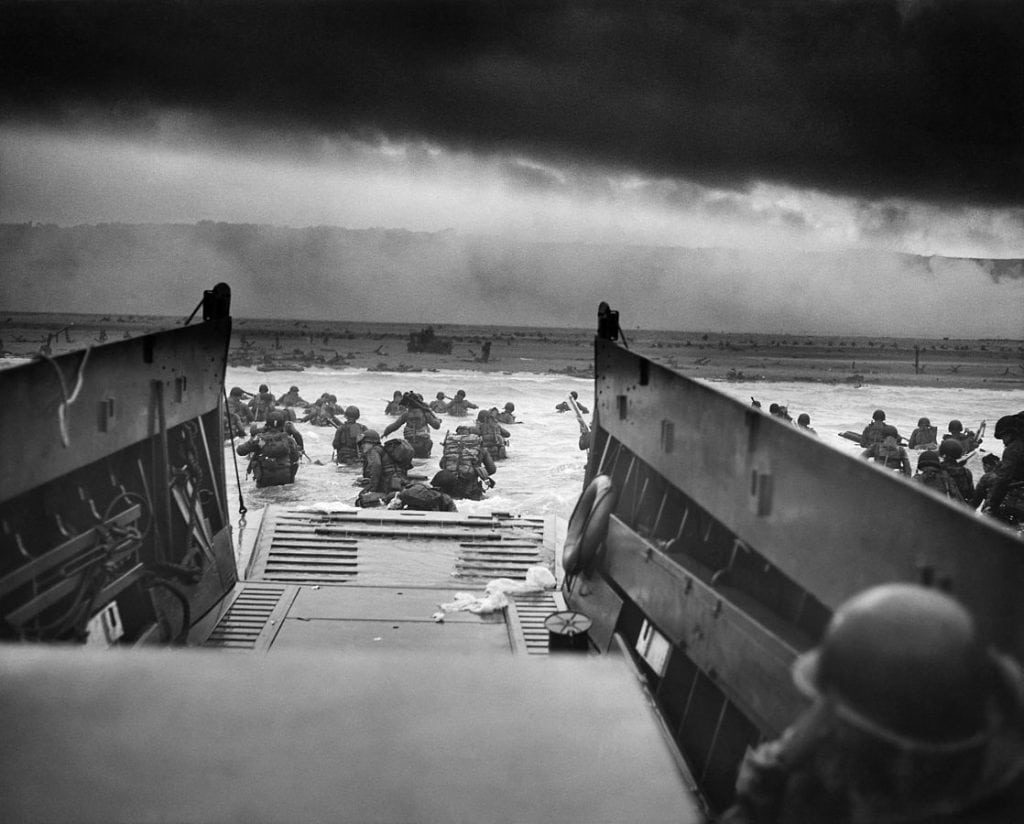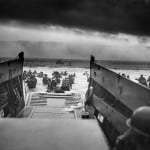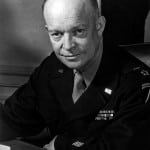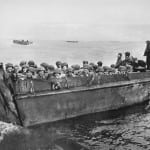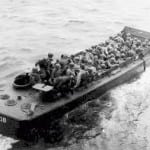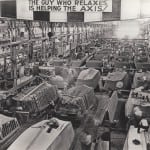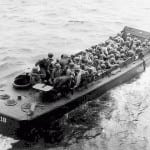Small, Fast and Furious: The freedom of the world depended on this one thing. Higgins.
Much of history, including that about World War II, outlines events in general terms—the big names and a summary of what happened. As always, however, the truth largely lies in the details. Digging beneath the surface, there was one particular innovation that changed the tide of the war for the Allies.
Simply put, small boats made the difference: fast, lightweight vessels that were able to withstand the strongest of waves— Higgins landing craft.
In order to destroy Hitler’s army, Dwight D. Eisenhower, the Supreme Commander of the Allied forces, was in charge of planning the inevitable—an invasion by air and sea. All the strategies he came up with led to only one conclusion: to invade from the shores of France. Nearly all the shoreline was rocky, shallow and very open to the sea. Also, most of the miles of beach had high banks and cliffs which would
Nearly all the shoreline was rocky, shallow and very open to the sea. Also, most of the miles of beach had high banks and cliffs which would be perfect spots for the enemy to set up their cannons and machine gun nests.
The Navy’s ships would be able to get the hundreds of thousands of soldiers to within several miles of the beach without their ships running aground. After that, the risks for the troops were enormous. There was always the possibility of rough seas and foul weather, which could also determine the drop point from the ships. The initial plan might call for a quick one-mile run from ship to shore, but that could easily turn into six or seven miles depending on the seas and the winds. And the concerns that kept Eisenhower up at night were just how fast and how safely he could transport 36 men per boat times thousands and avoid having them blown to bits.
June 6, 1944, was, of course, the most important invasion—D-Day. Eisenhower had actually wanted that invasion to occur a year, possibly two years, earlier, but he did not have enough landing craft. Almost from the moment that he was named Supreme Commander, Eisenhower requested that the government produce large numbers of landing craft. He was disappointed in the production amounts, and he was not convinced of their quality.
Harry Truman, then-U.S. Senator from Missouri, was chairman of a special Senate committee dealing with national defense, and he shared Eisenhower’s concerns. The Navy knew a lot about building big ships, but was struggling to design an effective small landing craft that met Eisenhower’s requirements. The Marines also failed at creating a landing craft in line with what Eisenhower needed and suggested the Higgins Company from New Orleans.
Andrew Jackson Higgins is a name not familiar to most Americans. The New Orleans boatbuilder began his career in the 1920s by building shallow-draft small vessels used for oil drillers. Higgins’ small boats had propellers that were recessed into a semi-tunnel in the hull, and this one adjustment allowed the vessel to perform in very shallow waters full of obstacles.
Additionally, Higgins boats were fast.
Truman’s committee insisted that the Navy allow head-to-head competition. When tested against the Higgins landing craft, it easily surpassed the Navy-built craft. With Senator Truman’s support, the government contracted with Higgins to build the landing craft and other amphibious boats that were needed in the war. Pre-war, Higgins’ New Orleans boatyard employed fewer than 100 employees, but by 1944, his company had more than 25,000 workers building more than 20,000 boats for the military.
In addition to the thousands of landing craft built, Higgins’ boatyard also produced the fast-moving PT boats, supply vessels and other watercraft made for specific needs. By the end of the war, Higgins’ boats had been used successfully in many of the major landing invasions, including Normandy, Okinawa, Guadalcanal, and Iwo Jima.
It could be said that his landing craft delivered many of our troops to their deaths. His skillfully designed boats, however, allowed the invasion to happen, and with speed and the utmost precision in delivering the troops to the shores.
Adolph Hitler had not counted on the Allies coming up with such an effective landing craft, and he referred to Higgins as “the new Noah.” Eisenhower summed up the value of Higgins’ contribution by saying, “Andrew Higgins…is the man who won the war for us.… If Higgins had not designed and built those LCVPs [landing craft, vehicle, personnel], we never could have landed over an open beach. The whole strategy of the war would have been different.”
For more information, check out William Lee Miller’s Two Americans: Truman, Eisenhower, and a Dangerous World.
By Alan Cornwell Southern Boating, July 2017; Photos: Higgins Boat Patent Illustration, US National Archives.


